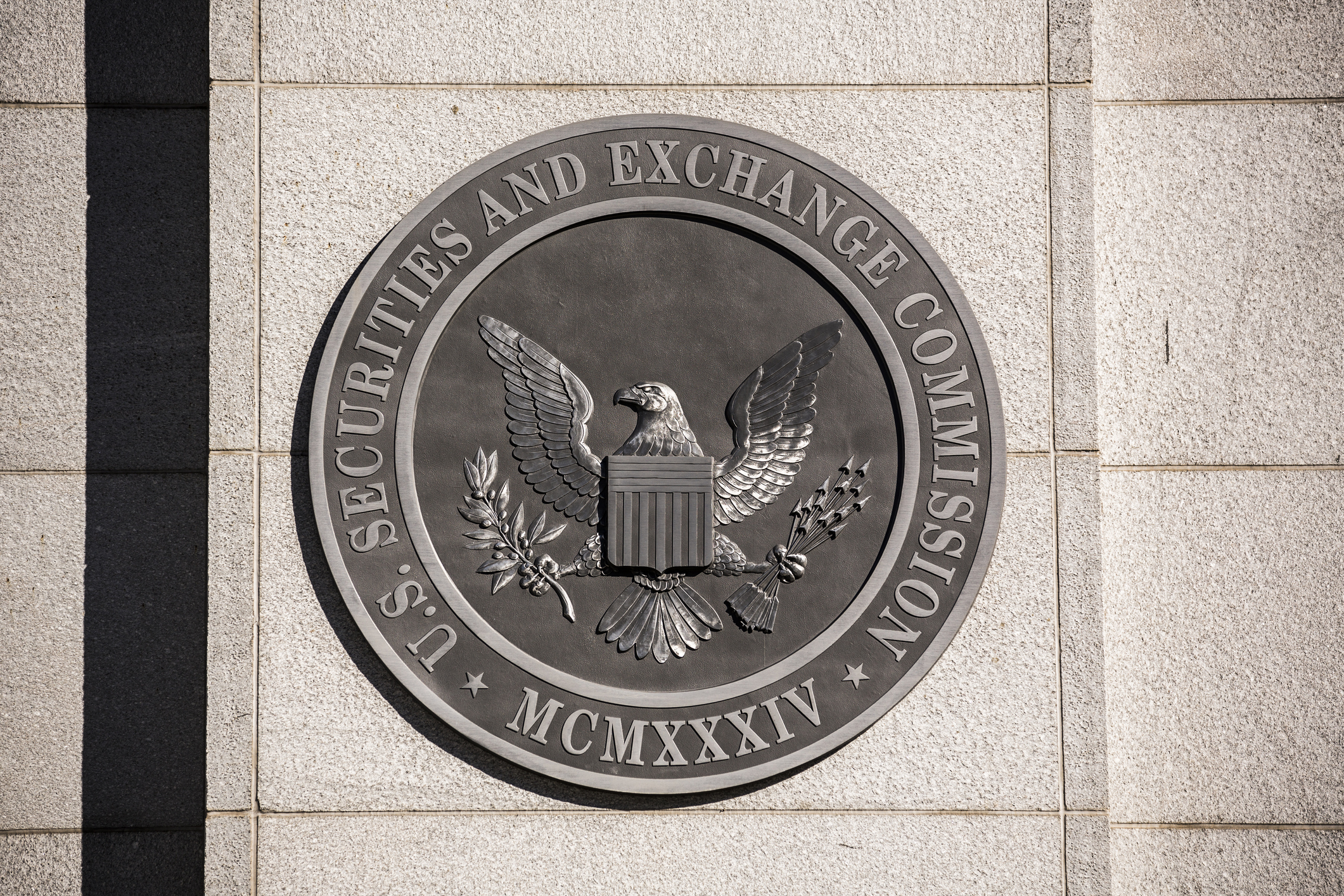Recently, the Comply team published the 2024 edition of the U.S. CCO Playbook. In this year’s publication, Comply Chief Product Officer David Bliss shared insights and best practices for navigating compliance and regulatory evolution. In this blog, we share some key takeaways, highlighting how new technology and advancements can support firms in their efforts to mitigate risk and maintain the highest standard of compliance.
ADVISORY FIRMS OF ALL SIZES ARE CURRENTLY CONTENDING WITH ONE OF THE MOST ACTIVE REGULATORY LANDSCAPES IN RECENT HISTORY. INCREASED ENFORCEMENT COUPLED WITH HEIGHTENED REGULATORY REQUIREMENTS – THANKS TO NEW RULES AND AMENDMENTS – HAVE COMPOUNDED THE PRESSURE PLACED ON FIRMS. WHAT ADVICE DO YOU HAVE FOR FIRMS NAVIGATING THESE CHALLENGES?
First and foremost, firms must practice ruthless prioritization — meaning there are endless regulatory obligations and updates which you could be (and probably are) worrying about. However, to be most successful, you must take it one step at a time. I suggest assessing your to-dos within the context of two variables:
- Timeline & Urgency
- Importance & Risk Exposure
Being able to assign prioritization in that way will allow you to focus on what needs done today vs. next week or next month. From there, get comfortable with the new rule, its requirements, and how it impacts your policies and procedures before worrying about the rest.
Additionally, I believe it is crucial for compliance professionals to understand how they can utilize scale and efficiency when tackling their regulatory obligations. As most CCOs are likely all too familiar with, they are unlikely to see their budgets increase at the same rate as their regulatory requirements – thanks to new rules. Because of this natural imbalance, compliance professionals must lean into the resources which will help them scale their efforts:
- Leveraging partners that can automate manual tasks
- Working with experts who can provide insights into what other firms are thinking and doing
By taking advantage of the numerous resources on the market, compliance professionals can advantageously introduce best practices to gain efficiencies and improve productivity.
WHAT DO YOU SEE AS COMMON THEMES AMONG OUR CUSTOMERS? WHAT RESOURCES ARE THEY LEANING INTO AS THEY FACE NEW REQUIREMENTS AND HARSHER ENFORCEMENT?
I think one of the most consistent themes among our customers is the need to tell their story in a compelling and meaningful manner. All too often, I see compliance teams who are in fairly good shape in terms of effectively understanding new rules and proactively protecting their firm in an efficient manner. However, that (powerful) story isn’t being relayed to the CEO or to the board of the financial institution. Which means those higher-ups have zero visibility into the value of the compliance team’s work. As a result, I have taken part in quite a few conversations regarding the importance of programmatic reporting capabilities, which enable CCOs to demonstrate their current efficiencies and justify further compliance investment/budget.
Beyond reporting needs, business intelligence and stronger analytics tools are ongoing themes as compliance teams look to understand trends within their organization and mitigate increased risk points.
And I would be remiss if I didn’t mention that almost every person I talk to is looking into how Generative AI and Large Language Models can help their teams.
WHERE HAVE YOU SEEN THE BIGGEST OPPORTUNITY FOR CLIENTS IN TERMS OF TECHNOLOGY ADOPTION AND AUTOMATION?
At the moment, I believe the biggest opportunities lie in two distinct areas: turning data into insights and leveraging automation to enhance efficiencies.
Turning Data into Insights
Financial Institutions are one of the groups with the most critical value to gain from the massive quantities of data which they generate and aggregate. However, most individuals only think about this insight from the investment data side of the coin. The trick is, there is massive opportunity within the compliance function if you know where to look and how to use it. For instance, there is correlation between departments’ responsiveness to certifications and other compliance tasks and their risk profiles. And by assessing trends across departments, compliance teams can identify risk groups and key insights to more effectively protect the firm.
Leveraging Automation to Enhance Efficiencies
Often, it seems, while compliance teams may be strong in their effectiveness, they lack certain efficiencies when it comes to their day-to-day tasks — think tasks like marketing reviews. By incorporating strong workflow solutions, compliance teams can automate the stages for approval and review of items like website content, pitch decks, and so much more. By eliminating the manual process — often entailing emailing a Word Doc back and forth, redlining copy to align business needs and compliance requirements — teams gain huge efficiencies.
Of course, there is also a huge opportunity in terms of using Natural Language Models and Generative AI to save time and create efficiencies as these tools become true working partners, taking on the burdensome tasks, easily identifying trends, and creating new opportunities.
WE WORK WITH CLIENTS RANGING FROM INSTITUTIONAL, MULTINATIONAL FIRMS TO ONE-MAN SHOPS, WHAT SIMILARITIES DO THESE CLIENTS SHARE IN TERMS OF TECHNOLOGICAL ADVANCEMENTS AND ASSOCIATED BENEFITS, HOW DO THEY DIFFER? WHEN IS THE “RIGHT TIME” TO BRING IN AUTOMATION?
I will say the similarities tend to be limited. However, the most obvious one, of course, is that every firm, no matter the size, must comply with the applicable rules and regulations. The good news and bad news, depending on how you view it, is that regulators’ expectations around how you comply will vary based on multiple factors.
So what does this mean? Either you must have a deep understanding of the rules and how they impact your firm, or you must partner with someone who will be able to translate the rules into the specific requirements for your firm based on your size, firm type, and unique risk profile.
However, it doesn’t end there. I’ve said it before and I’ll say it again, a compliance program is not one and done. Compliance teams must think long-term, incorporating ongoing practices like annual reviews, continual assessments of their risk profile, changes to Policies and Procedures…and the list goes on.
To support that kind of day-to-day functionality, I believe every firm requires a program management support structure. Of course, the level and scope of detail will vary widely depending on many factors, but even one-person shops require that backbone of support to stay on track and keep compliance tasks on target. Without a support structure, whether a system, partner, or both, revenue-generating activities will always take precedence, pushing compliance to the back burner.
When assessing a partner and determining the “right time” for investment in automation, I always say look to the dollar and cents. Assess the return on investment, and only make the leap when that return is clear when the cost, both in money and in resources spent deploying and configuring a new system, is outweighed by the benefits. For instance, I would never recommend a complex system with intricate rules and tools for a smaller shop simply looking to manage their Code of Ethics because, inevitably, it would be overkill in terms of resource cost, even if the annual fee is manageable.
For a multinational firm that must contend with multiple jurisdictions and different needs across its entities, however, that complex system might make perfect sense. It’s all about the return.
I believe that as partners for firms, it is critical that we model out that return and provide a transparent look at what solutions make sense and when.
One benefit of having thousands of customers across the spectrum of firm types and sizes is that we can see the numerous and varied approaches to how teams solve core compliance challenges. By analyzing that benchmark data, we can support customers with proven best practices and approaches based on anonymous industry peer groups, which support ongoing initiatives for our customers and their strategic priorities.
Ready to discover more best practices and insights? Download the 2024 U.S. CCO Playbook today!




